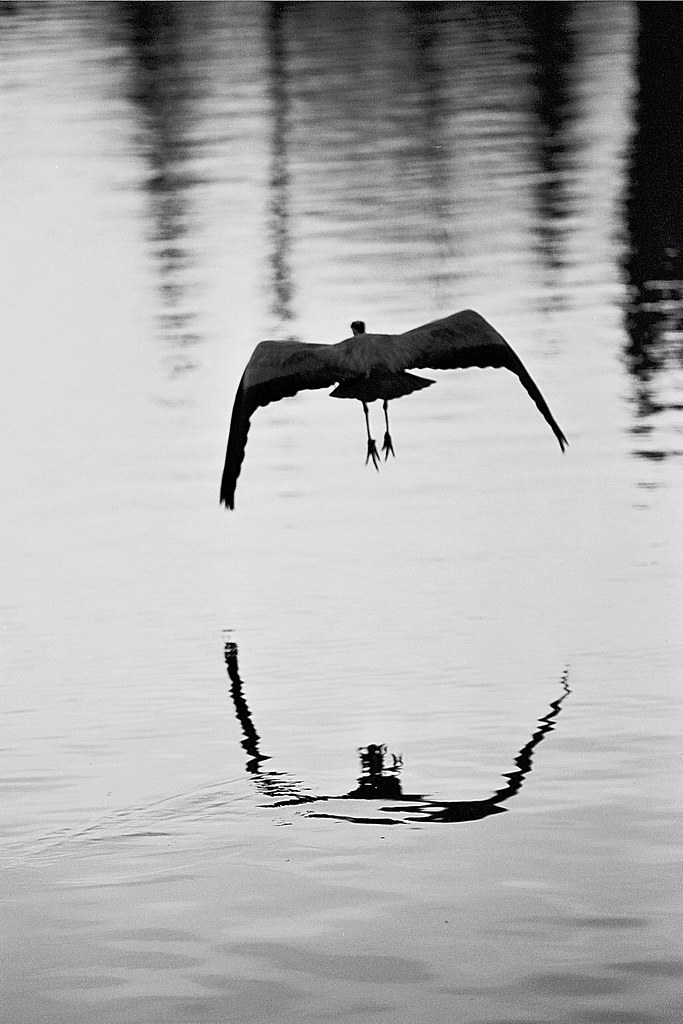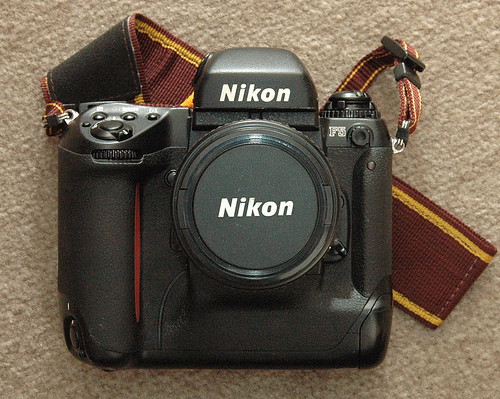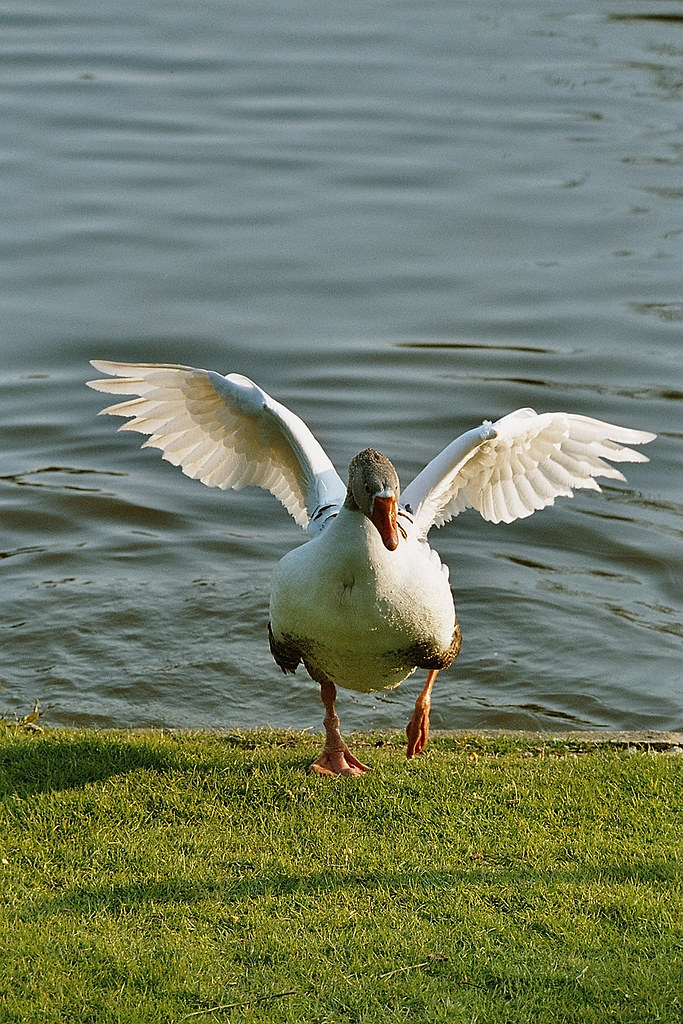
First of all why did I buy an F5 in this digital world ?
Film camera's can be found very cheap now. If you ever dreamed of a high end film camera, this is the moment to buy. This is what I did. I found a good copy of the Nikon F5 via the internet. The camera is huge and very heavy (also very stable), has one of the best AF motors ever, and is fast, very fast. I fell in love with film again... It is just a fantastic experience to use professional stuff at a very reasonable price. Highly recommended.
Top view

The pros
- build quality - incredible
- weather sealing - pro spec
- user interface, Nikon look and feel, relatively easy to use
- AF super fast (I mean REALLY fast)
- locking system for most buttons to avoid mistakes
- integrated grip for portrait shooting
- fantastic viewfinder with replaceable prism
- shutter autodiagnostic and alignment system
- can be found used at a very reasonable price
- is using 8 standard AA batteries (rechargeable or not)
The cons
- pretty heavy
- will probably not be supported by Nikon anymore (maintenance within a
few years from now)
- maintenance and repair incredibly expensive if needed
- complex CSM (customer settings) menus if you lost the documentation
- thumbwheels not repeated on the grip - only the shutter button is
available
Here are a few examples of scanned pictures: First one is a black and white negative scanned on a crappy scanner. Film is Kodak 400 BW Professional C-41 color processing Nikon F5+70-200VR 2.8 lens
Second one is a color picture also on a crappy scanner. Film is Fuji Superia 400 ISO consumer grade Nikon F5+70-200VR 2.8 lens